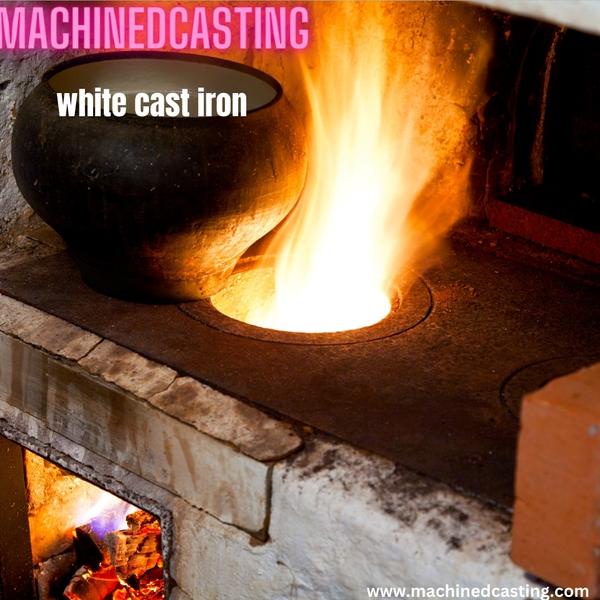White cast iron is a formidable material with a wide range of applications, prized for its exceptional strength, hardness, and wear resistance. In this guide, we delve into the properties, uses, and production methods of white cast iron, shedding light on its significance in various industries.
Understanding White Cast Iron:
White cast iron derives its name from its white fracture surface when broken. Unlike other types of cast iron, it contains little to no graphite in its microstructure, resulting in its distinct appearance and exceptional hardness. This hardness is achieved through rapid cooling during the casting process, which prevents the formation of graphite.
Properties and Characteristics:
- Hardness: White cast iron ranks among the hardest types of cast iron, making it ideal for applications requiring resistance to abrasion and wear.
- Brittleness: While its hardness is advantageous, white cast iron is also brittle, limiting its use in applications subjected to impact loading.
- Wear Resistance: Its superior wear resistance makes it a preferred choice for components exposed to abrasive environments, such as mill liners, grinding balls, and crusher parts.
- Heat Resistance: White cast iron exhibits good heat resistance, retaining its mechanical properties at high temperatures.
Applications:
White cast iron finds extensive use in various industrial sectors, including:
- Mining: Used in the production of wear-resistant components for crushing and grinding operations.
- Engineering: Employed in the manufacturing of heavy-duty machinery parts, such as gears, cams, and rolls.
- Automotive: Utilized in engine components subjected to high wear and thermal stress, such as cylinder liners and piston rings.
- Construction: Found in applications where abrasion resistance is crucial, such as in the construction of bridges and infrastructure.
Production Methods:
White cast iron is typically produced by alloying iron with high carbon content and subjecting the molten metal to rapid cooling, often achieved through the use of chilled molds or by quenching in water or oil.
In conclusion, white cast iron stands as a testament to the ingenuity of metallurgical engineering, offering unparalleled strength and wear resistance across a multitude of industrial applications. Understanding its properties and production methods is crucial for harnessing its full potential in engineering and construction projects.


No comments yet